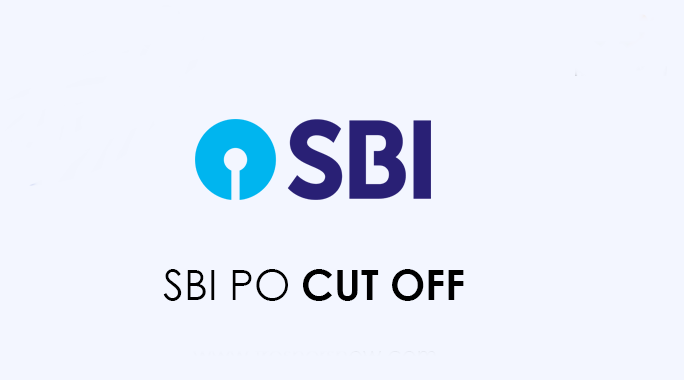The SBI PO (State Bank of India Probationary Officer) exam is one of India’s most prestigious banking exams. Every year, lakhs of aspirants compete for a limited number of vacancies, making the selection process highly competitive. And the first hurdle in this journey is the prelims exam, known for its challenging nature and defining factor, the “cut off.” So, this article will delve into the factors determining the SBI PO prelims cut off and understand their significance in the selection process.
Difficulty Level of the Exam
One of the primary factors affecting the cut-off is the difficulty level of the exam. The examination authority strives to maintain a fair and balanced difficulty level to assess the candidates’ aptitude and skills. As such, if the exam is comparatively difficult, the cut-off tends to be lower, and vice versa.
Number of Vacancies
The number of vacancies also plays a significant role in determining the cut-off. When the vacancies are higher, the cut-off tends to be relatively lower as there is a wider scope for selection. Conversely, a limited number of vacancies results in a higher cut-off, making the competition tougher.
Total Number of Candidates
The total number of appearing candidates directly impacts the cut-off. If the number of candidates is higher, the competition intensifies, leading to a higher cut-off. Conversely, if the number of candidates is relatively low, the cut-off may be lower due to reduced competition.
Reservation Policy
The reservation policy followed by the bank also influences the Prelims cut-off. Based on government regulations, a certain percentage of vacancies are reserved for candidates from specific categories like SC (Scheduled Caste), ST (Scheduled Tribe), OBC (Other Backward Classes), and EWS (Economically Weaker Section). The cut-off for these categories may vary accordingly.
Previous Year’s Cut-Off
Analysing the previous year’s cut-off trends can provide valuable insights into the expected cut-off for the current year. It helps candidates gauge the level of competition and set realistic expectations. The previous year’s cut-off also helps candidates identify the areas they must focus on to improve their chances of crossing the cut-off.
Sectional Cut-Off
Apart from the overall cut-off, the prelims exam also has sectional cut-offs for each section, namely English Language, Quantitative Aptitude, and Reasoning Ability. So, candidates must aim to clear the overall cut-off and ensure that their scores meet the sectional cut-off requirements.
Normalisation Process
The prelims exam follows a normalisation process to ensure fairness in the evaluation process. This process considers the variation in difficulty levels across different shifts or sessions of the exam. The normalisation process helps maintain consistency in the cut-off scores and ensures that all candidates are treated fairly.
Candidate’s Performance
Ultimately, the performance of candidates in the prelims exam plays a vital role in determining the cut-off. The exam evaluates various sections such as English Language, Quantitative Aptitude, and Reasoning Ability. The overall performance and individual section scores contribute to the final cut-off. Therefore, candidates must perform well in all sections to secure a higher score.
The SBI PO prelims cut off is an essential parameter that determines the fate of aspirants in their quest to become probationary officers. Various factors, for example, the number of vacancies, the difficulty level, the number of applications, reservation policy, and the previous year’s cut-off, collectively influence the cut-off marks. Understanding these factors can help aspirants set realistic expectations and strategise their preparation accordingly. By improving their skills, managing time effectively, and staying updated with exam trends, candidates can increase their chances of surpassing the cut-off and advancing towards their dream careers in banking.
